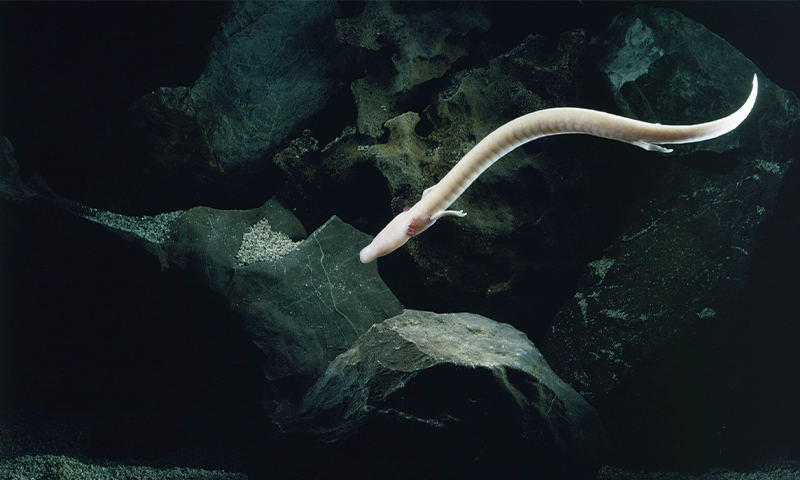Now Reading: Understanding Heart Attack Risks in Space
-
01
Understanding Heart Attack Risks in Space
Understanding Heart Attack Risks in Space

Quick Summary
- Space agencies currently have unconventional protocols for administering CPR during cardiac emergencies in microgravity, including methods like the “handstand method,” reverse bear hug, and Evetts Russomano.
- French scientists tested three automatic chest compression devices on a CPR dummy in microgravity conditions.They identified a standard piston device as possibly effective, delivering optimal compression depth (about 2 inches).
- The study was published last year in Resuscitation and is being presented at the European Society of cardiology Congress in Spain.
- Nathan Reynette, cardiologist from the University of Lorraine, highlighted weight and space constraints as factors influencing whether agencies adopt these devices for emergency kits.
- Cardiac arrest risks are low among astronauts due to their fitness levels but may become more relevant with the growth of space tourism and longer missions.
Indian Opinion Analysis
The innovation around automatic chest compression devices for treating cardiac arrest under microgravity has notable implications. As India invests in robust space programs through ISRO (Indian Space Research Organisation), such advancements could inform policy about what medical technologies to equip future Indian spacecraft with-particularly given ambitions toward manned missions like Gaganyaan or potential involvement in international deep-space ventures.
Additionally, with India’s private sector increasingly exploring space tourism opportunities (e.g., collaborations by entities such as Dhruva Space), ensuring preparedness for medical emergencies will be critical. While adoption of such equipment requires consideration of logistics like weight and spatial constraints onboard spacecrafts, cutting-edge research from global institutions can shape India’s readiness for human space exploration into unchartered territories effectively.























